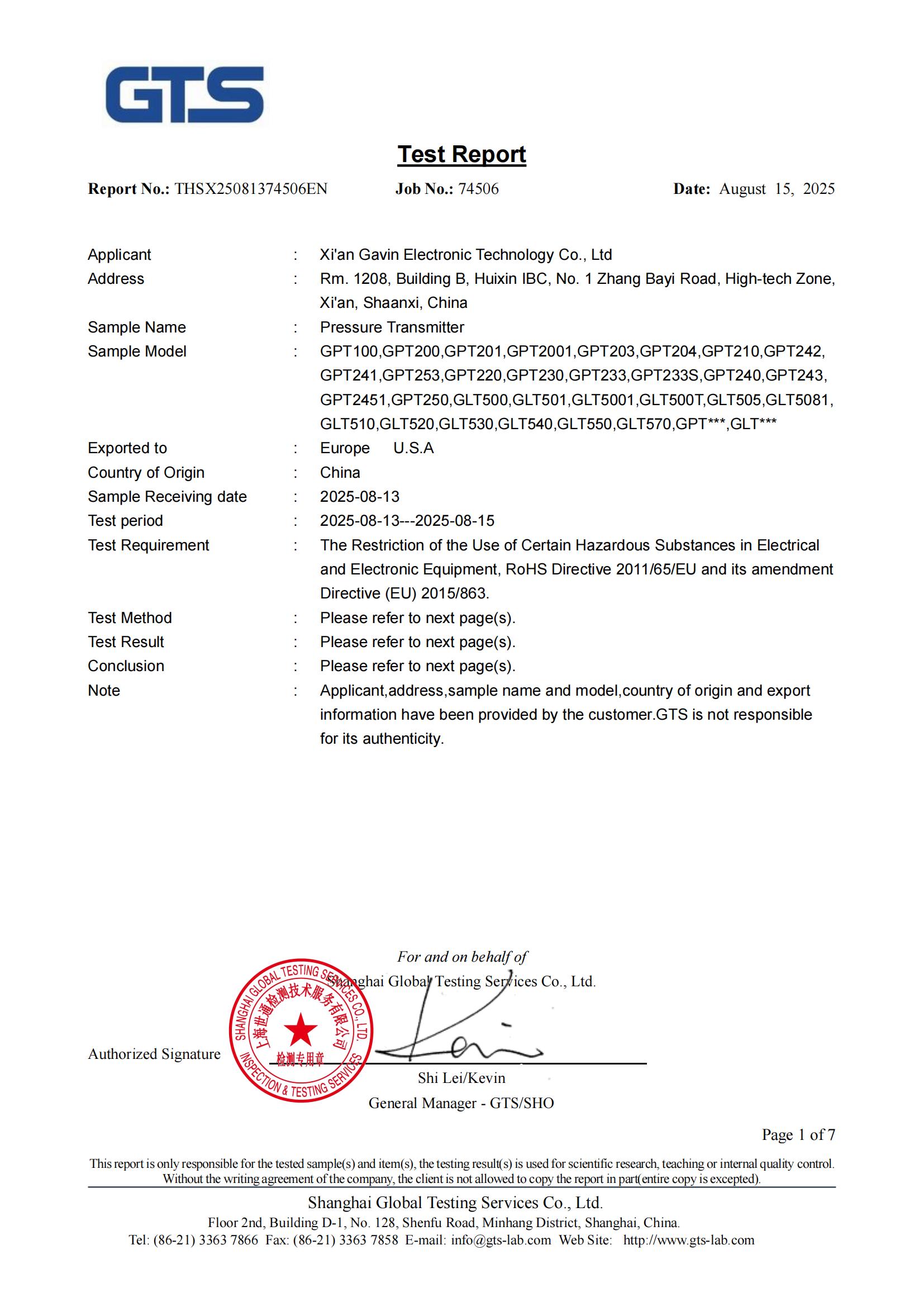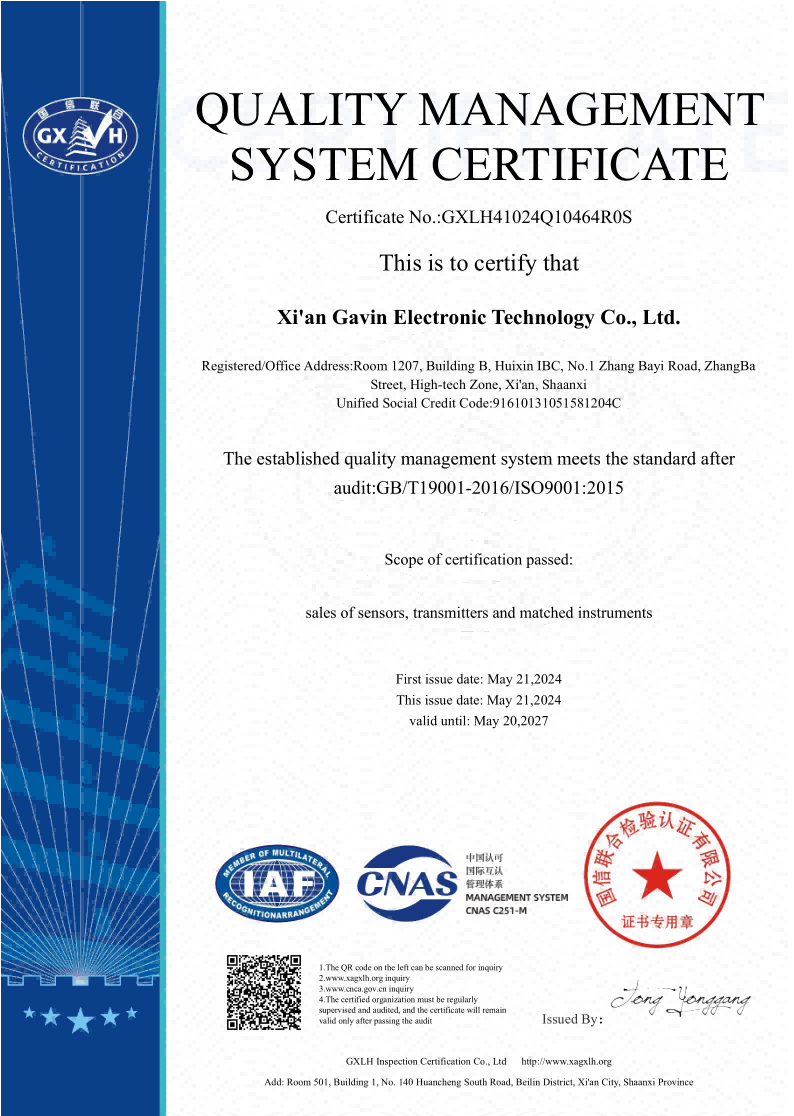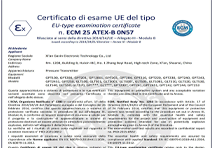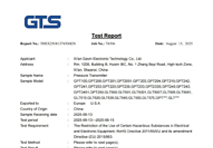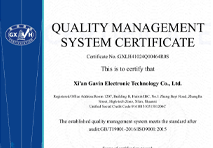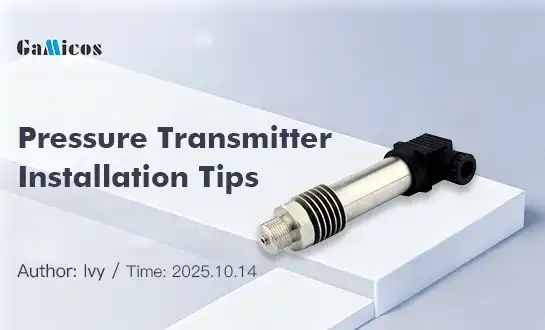How do wireless pressure sensors work?
What Is Wireless Pressure Sensors?
Wireless pressure sensors have revolutionized industrial monitoring and control systems, offering unprecedented flexibility and efficiency. These innovative devices combine advanced sensing technology with wireless communication capabilities, enabling real-time pressure measurements across various applications. But how exactly do these sensors operate? In this comprehensive guide, we'll delve into the inner workings of wireless pressure sensors, exploring their core technology, design components, and factors affecting their accuracy. Let's unravel the complexities behind these cutting-edge instruments that are reshaping industrial processes worldwide.
What Is Wireless Pressure Sensors?
At the heart of every wireless pressure sensor lies a sophisticated blend of mechanical and electronic components working in harmony. These devices leverage several key technologies to accurately measure and transmit pressure data without the need for physical wiring.
Pressure Sensing Mechanism
The fundamental principle behind wireless pressure sensors involves converting physical pressure into an electrical signal. This conversion typically relies on one of several sensing technologies:
- Piezoresistive Sensing: Utilizes the change in electrical resistance of a material when subjected to mechanical stress.
- Capacitive Sensing: Measures pressure-induced changes in the capacitance between two plates.
- Resonant Sensing: Detects shifts in the resonant frequency of a vibrating element due to applied pressure.
Each wireless pressure sensor incorporates a diaphragm or sensing element that deforms under pressure. This deformation is then translated into an electrical signal proportional to the applied pressure.
Signal Processing and Conditioning
Once the pressure is converted into an electrical signal, it undergoes several processing steps:
- Amplification: The raw signal is amplified to a suitable level for further processing.
- Filtering: Noise and interference are removed to improve signal quality.
- Analog-to-Digital Conversion (ADC): The analog signal is converted into a digital format for transmission.
Advanced wireless pressure sensors often include built-in temperature compensation to account for temperature-induced variations in the sensor's output.
Wireless Communication Protocols
The processed data is then transmitted wirelessly using various protocols, depending on the specific application requirements:
 - Bluetooth Low Energy (BLE): Ideal for short-range, low-power applications.
- Bluetooth Low Energy (BLE): Ideal for short-range, low-power applications.
- Wi-Fi: Suitable for integration with existing network infrastructure.
- LoRaWAN: Offers long-range communication with low power consumption.
- Zigbee: Provides mesh networking capabilities for industrial environments.
Each wireless pressure sensor is equipped with a radio frequency (RF) module that encodes and transmits the pressure data to a receiver or gateway.
Factors Affecting Wireless Pressure Sensor Accuracy
While wireless pressure sensors offer numerous advantages, several factors can influence their accuracy and reliability. Understanding these variables is crucial for ensuring optimal performance in real-world applications.
Environmental Conditions
The surrounding environment plays a significant role in the accuracy of wireless pressure sensors:
- Temperature Fluctuations: Extreme temperatures can affect sensor components and electronics.
- Humidity: Moisture ingress can interfere with sensor operation and wireless transmission.
- Electromagnetic Interference (EMI): Nearby electrical equipment can disrupt wireless signals.
High-quality wireless pressure sensors incorporate robust environmental protection and shielding to mitigate these effects.
Power Management
As battery-powered devices, wireless pressure sensors must balance power consumption with performance:
- Sampling Rate: Higher sampling frequencies consume more power but provide more frequent updates.
- Transmission Power: Increased transmission range requires more energy, impacting battery life.
- Sleep Modes: Implementing power-saving modes between measurements can extend operational lifespan.
Effective power management strategies are essential for maintaining long-term accuracy and reliability in wireless pressure sensor deployments.
Calibration and Drift
Like all measurement devices, wireless pressure sensors require periodic calibration to maintain accuracy:
- Initial Calibration: Ensures the sensor's output corresponds accurately to known pressure inputs.
- Drift Compensation: Accounts for gradual changes in sensor characteristics over time.
- In-situ Calibration: Some advanced wireless pressure sensors support remote calibration capabilities.
Regular calibration and drift compensation are crucial for preserving the long-term accuracy of wireless pressure sensors in industrial applications.
Design and Components of Wireless Pressure Sensors
The design of wireless pressure sensors integrates various components to create a compact, efficient, and reliable measurement device. Understanding these elements provides insight into the sensor's capabilities and limitations.
Sensing Element
Our wireless products utilize a diffused silicon pressure sensor as the sensing element, incorporating built-in piezoresistive chips. This sensor operates on the silicon piezoresistive principle, which converts applied pressure into an electrical signal for precise measurement.
Microcontroller and Memory
A microcontroller serves as the brain of the wireless pressure sensor:
- Signal Processing: Handles data acquisition, filtering, and compensation algorithms.
- Data Storage: On-board memory stores calibration data and measurement history.
- Communication Control: Manages wireless transmission protocols and power management.
Advanced microcontrollers enable wireless pressure sensors to perform complex calculations and adapt to changing conditions.
Power Source and Management
Wireless pressure sensors rely on efficient power management for long-term operation:
- Battery: Typically lithium-based for high energy density and long life.
- Energy Harvesting: Some sensors incorporate solar cells or vibration harvesters for extended operation.
- Power Management IC: Optimizes power consumption across various sensor components.
Innovative power solutions enable wireless pressure sensors to operate autonomously for extended periods, even in remote or hard-to-reach locations.
Conclusion
Wireless pressure sensors represent a significant advancement in industrial measurement technology, offering unparalleled flexibility, ease of installation, and real-time data acquisition. By combining precision sensing elements with advanced wireless communication protocols, these devices enable efficient monitoring and control across diverse applications. As the technology continues to evolve, we can expect even greater accuracy, longer battery life, and enhanced integration with IoT platforms, further solidifying the role of wireless pressure sensors in the future of industrial automation and process control.
Experience the Future of Pressure Measurement with GAMICOS Wireless Sensors
At GAMICOS, we're at the forefront of wireless pressure sensor technology, offering innovative solutions that combine precision, reliability, and ease of use. Our GPT2451 wireless pressure transmitter exemplifies our commitment to excellence, featuring high-stability sensors, multiple wireless transmission options, and ultra-low power consumption. With our extensive experience serving clients in over 98 countries, we understand the unique challenges across various industries.
Whether you need customized solutions for long pipelines or hygienic sensors for food processing, our team is ready to provide expert guidance and support. Experience the GAMICOS difference - contact us at info@gamicos.com to explore how our wireless pressure sensors can transform your operations.
References
1. Johnson, R. A., & Smith, K. L. (2021). Advances in Wireless Pressure Sensor Technology for Industrial Applications. Journal of Sensor Technology, 15(3), 142-158.
2. Chen, Y., & Wang, X. (2020). Wireless Pressure Sensors: Design Principles and Performance Optimization. IEEE Sensors Journal, 20(11), 5872-5885.
3. Thompson, E. M. (2022). Environmental Factors Affecting Wireless Pressure Sensor Accuracy in Harsh Industrial Environments. Sensors and Actuators A: Physical, 331, 113013.
4. Rodriguez, C., & Lee, H. (2019). Power Management Strategies for Long-Life Wireless Pressure Sensors. IEEE Transactions on Industrial Electronics, 66(7), 5532-5541.
5. Patel, N., & Yamamoto, T. (2023). Calibration Techniques for Wireless Pressure Sensors in Dynamic Industrial Processes. Measurement Science and Technology, 34(6), 065007.

Spring
Spring, With 5 years of experience in sensor technology and product development, Mark specializes in helping clients identify the optimal pressure and level sensor solutions for demanding industrial environments。
We're here to help — submit your request anytime!
Let us know how we can help solve your pressure level measurement challenge.
Recommended Blog
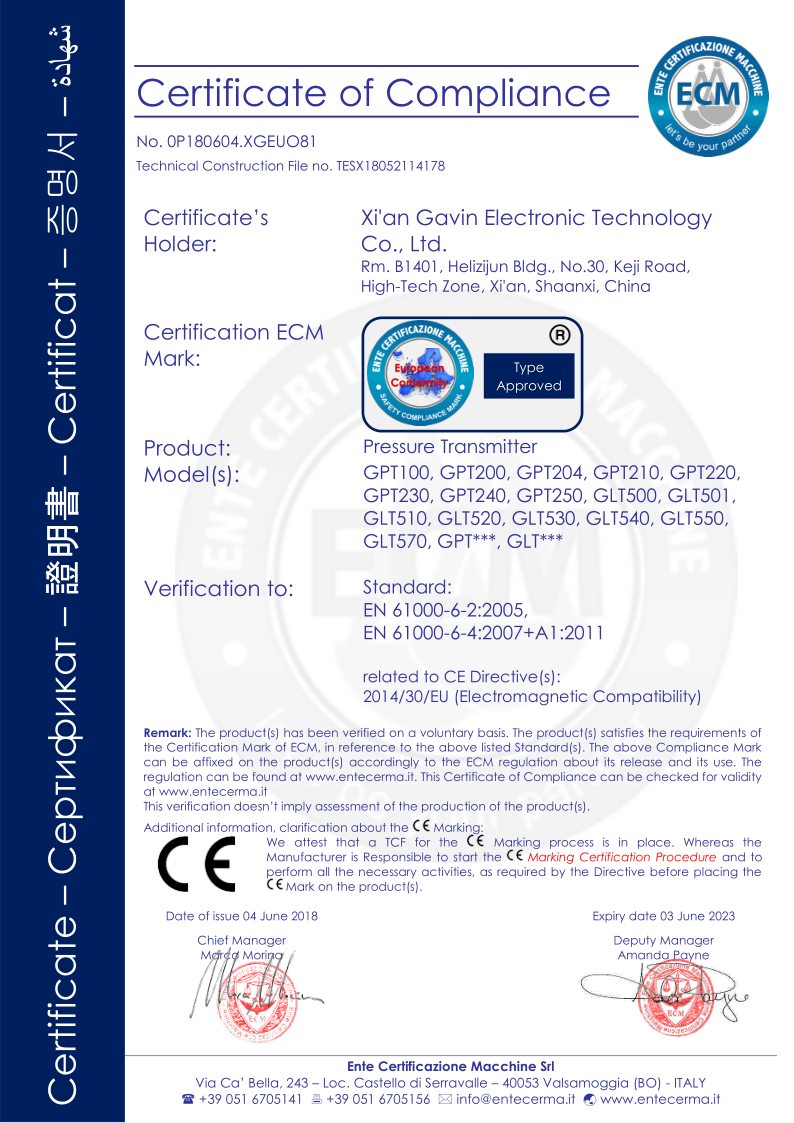
_1757930850792.jpg)
